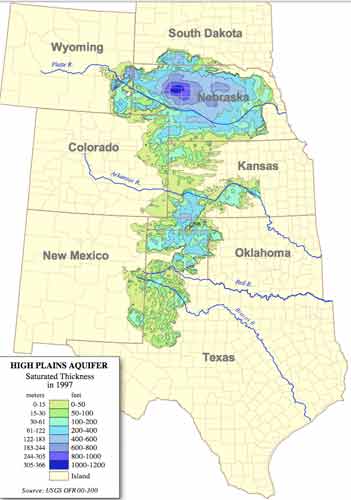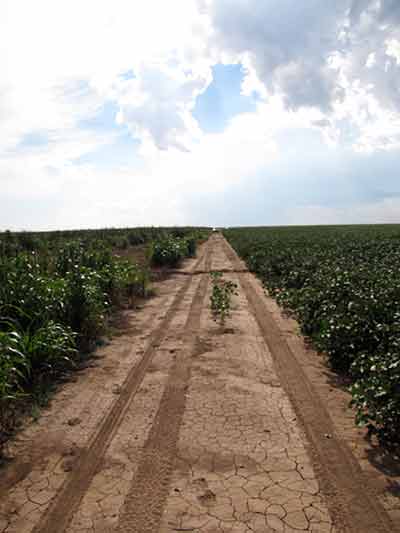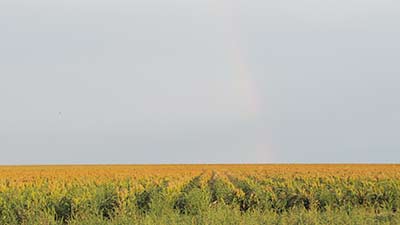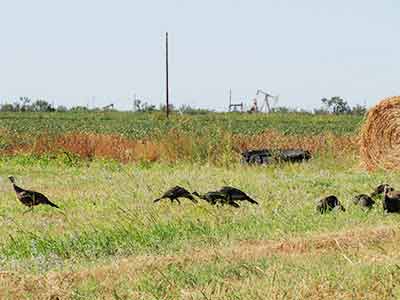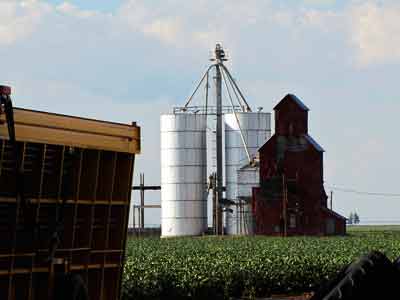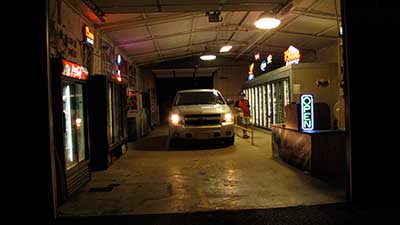The Texas High Plains, located in the western section of the state, represents the largest single, contiguous area of agriculture production in the United States. The growers there are referred to as producers, and much of what they grow is through monoculture production methods—relying upon a large expanse of pool-table flat, semi-arid farmland, and largely dependent upon irrigation water from a finite resource. Their principal source of water, the Ogallala, is a massive underground aquifer formed millions of years ago, extending across eight states, and it’s running out in this region.
These are a few images we took in West Texas for an upcoming short documentary (Water Scarcity on the Texas High Plains: The Ogallala Aquifer) that examines how a unique partnership between local agriculture producers, university scientists, government agencies, and others are working together to save this important agricultural region. Their multidisciplinary, systems oriented approach, led by Texas Tech researchers in collaboration with local producers, are providing answers that may be of critical importance to the growing problem of water scarcity there, and in other parts of the world.
Most of the videos featured on Cooking Up a Story were produced, filmed, and edited by Rebecca Gerendasy. Fred Gerendasy contributed as a writer to many of the posts and occasionally as the interviewer. Visit Rebecca Gerendasy Clay – Art and Fred Gerendasy Photography to see their current work.

